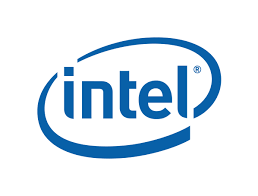The DNS system was devised as Internet use expanded, and researchers realized that having to type in numerical addresses could be challenging for some users. Under this system, which is administered by the Internet Corporation for Assigned Names and Numbers, users can type in words or assortments of characters which are easier to remember than strings of numbers. Each domain includes a top level, second level, and third level or subdomain.
The creation of domain names also allowed businesses to brand themselves more effectively. Instead of telling people interested in Volkswagon cars to go to a specific number address, for example, the company could tell customers to go to volkswagon.com. The DNS system is sometimes compared to the phone book, because it allows people to look up a person, product, or service by name, rather than having to remember the right number.
A web address such as www.wisegeek.com is considered a domain name. The first part of the address, the “www,” is the third level or subdomain.“wisegeek” is the second level, and the “com” is the top level domain. Individual domain owners can create multiple subdomains under their second level domain, such as the subdomain “example” in example.wisegeek.com. Many people refer to second level domains as “domain names” because people often reference sites by the second level domain alone. However, multiple sites could have the same second level and different top level domains, which makes it important to spell out a domain name in full to avoid confusion.
Top level domains such as “com,” “org,” and “net” are generic. Anyone can register domain names in any of these top level domains. Some other generic top level domain options like “edu,” “gov,” and “mil” are restricted to people who can prove that they have a legitimate reason to use them. Top level domains sorted by country code, such as “ie” for Ireland, are also available, as are sponsored domains controlled by various industries.
When someone wants to register a new domain name, he or she has a choice of top level domain, assuming that those domain names are not already taken, and that he or she is authorized to use a particular domain. Some people like to get creative with top level domain names, as in the case of the social bookmarking site Delicious, which registered the domain icio.us so that it could create the subdomain “del” and spell out del.icio.us with its domain name.


 Smaller and thinner than a dime, this tiny silicon chip contains millions of transistors that work together to help you do everything from write a school report to search the Web for the current population of the Svalbard Islands.
Smaller and thinner than a dime, this tiny silicon chip contains millions of transistors that work together to help you do everything from write a school report to search the Web for the current population of the Svalbard Islands.







